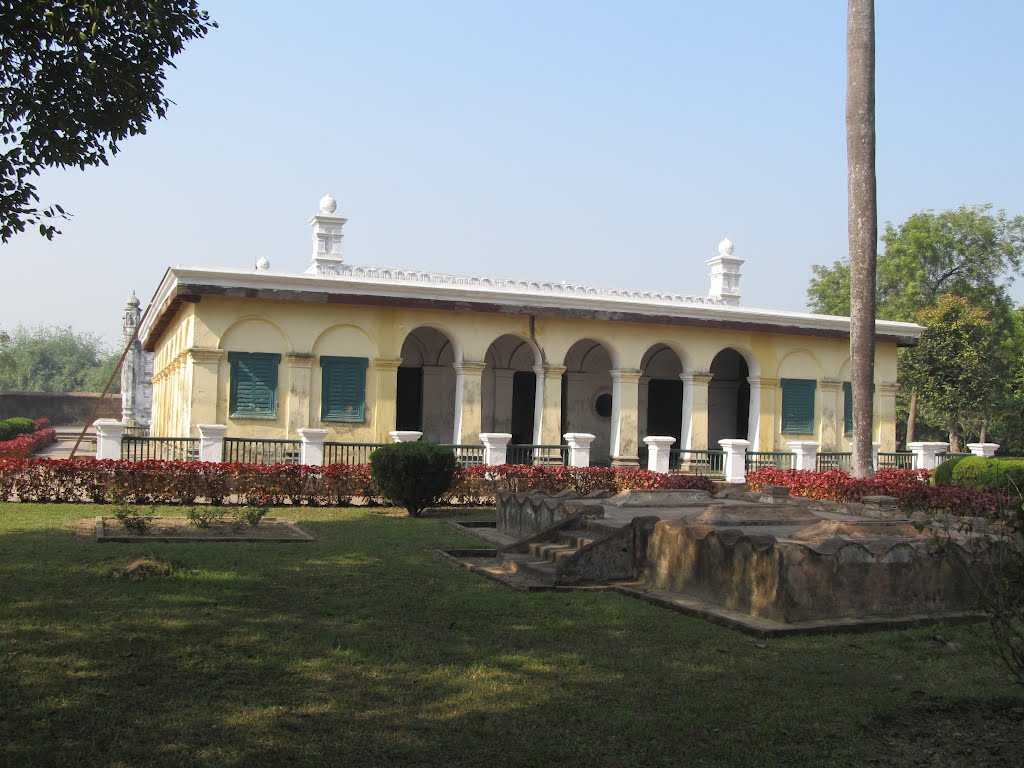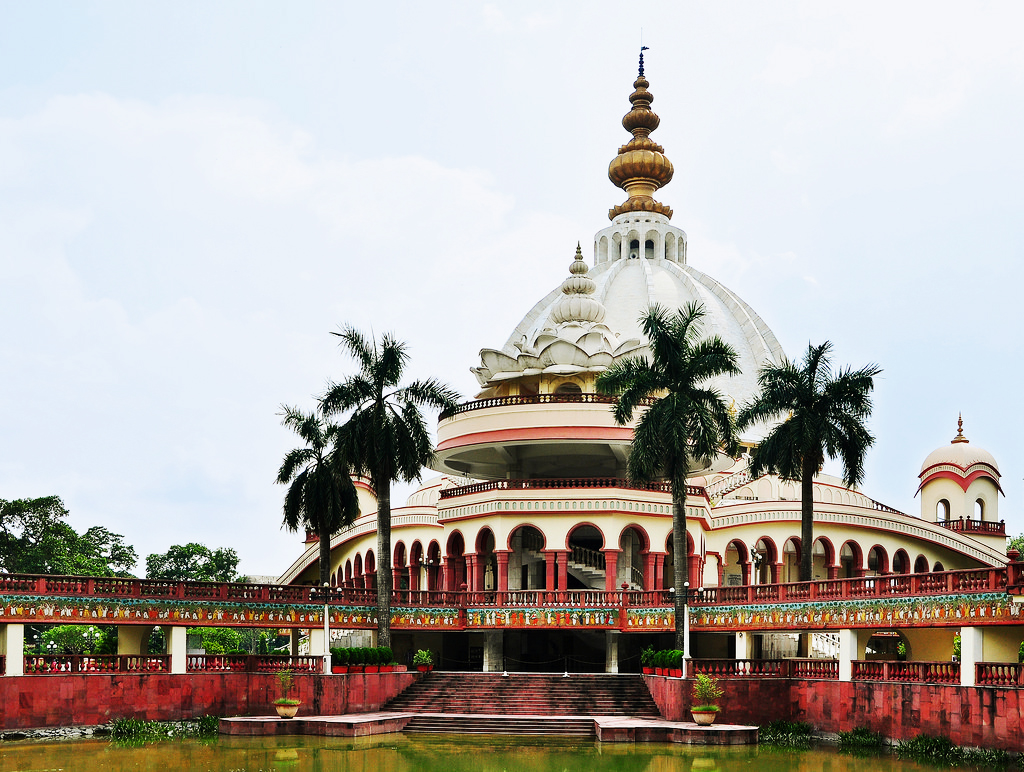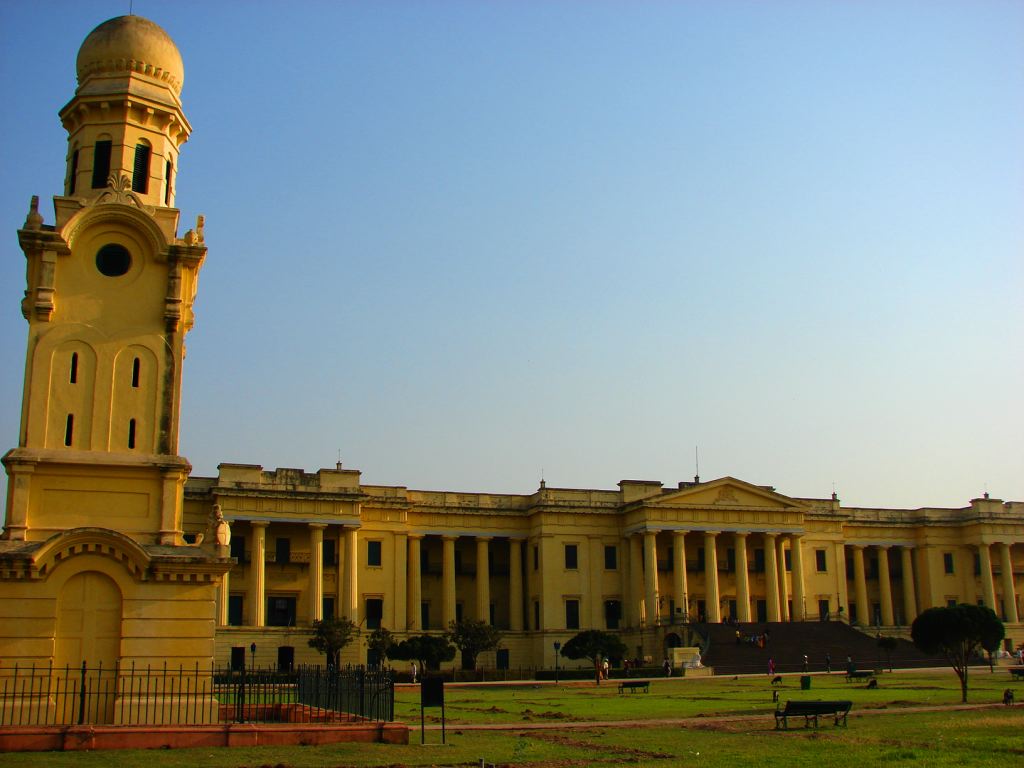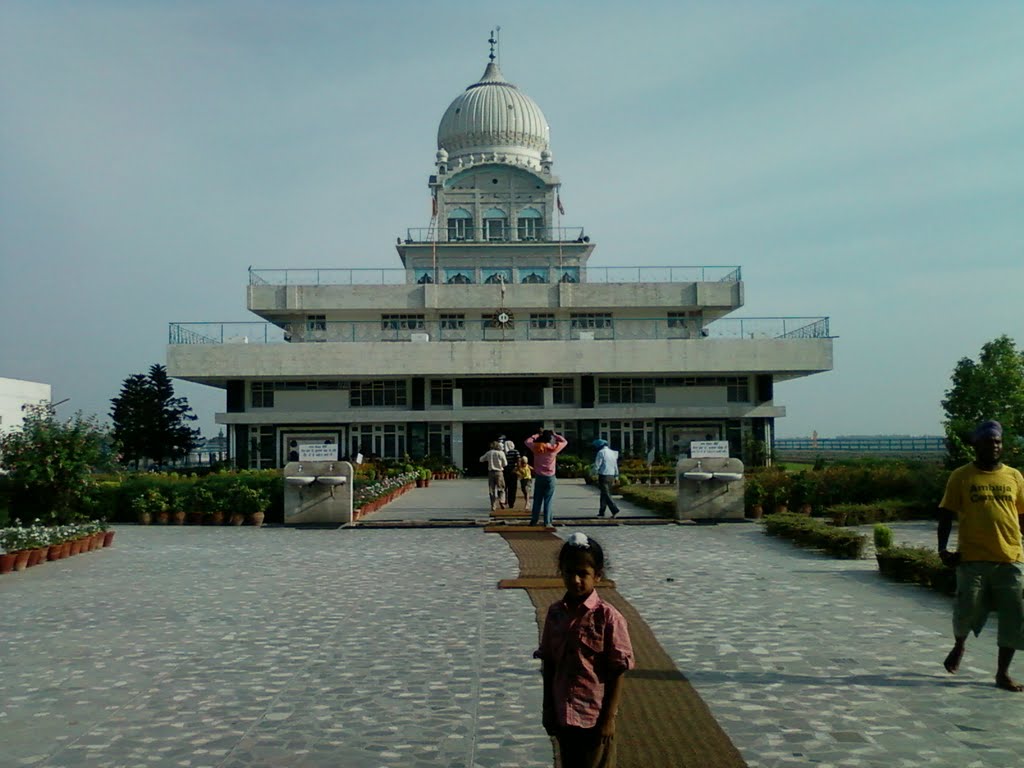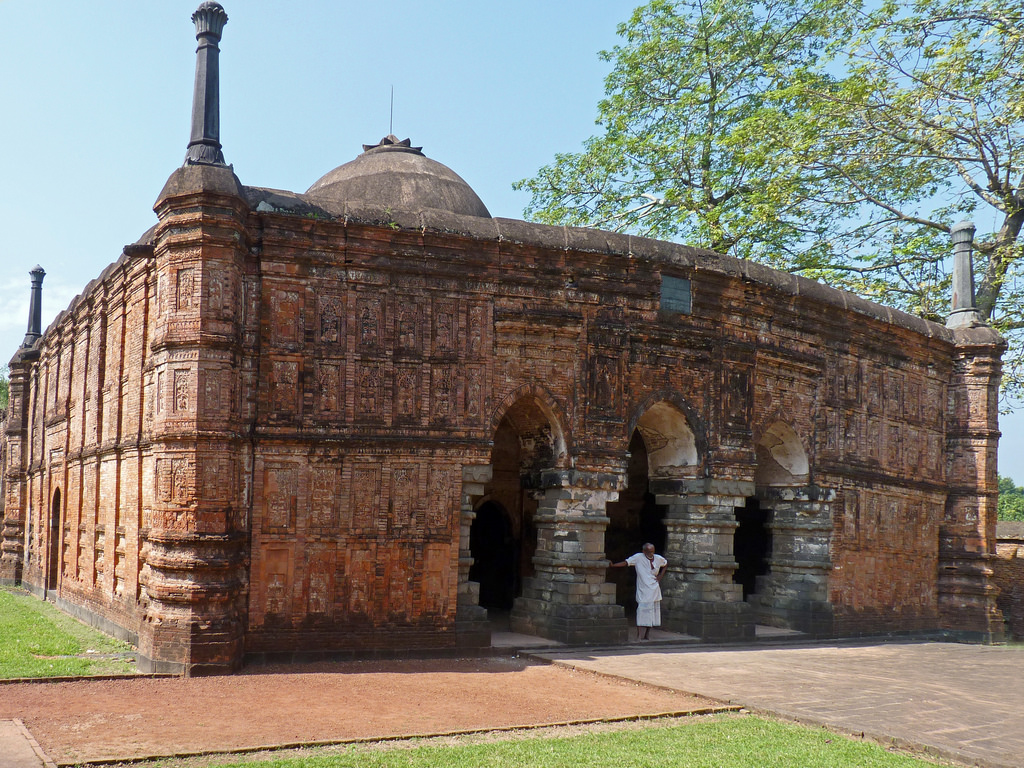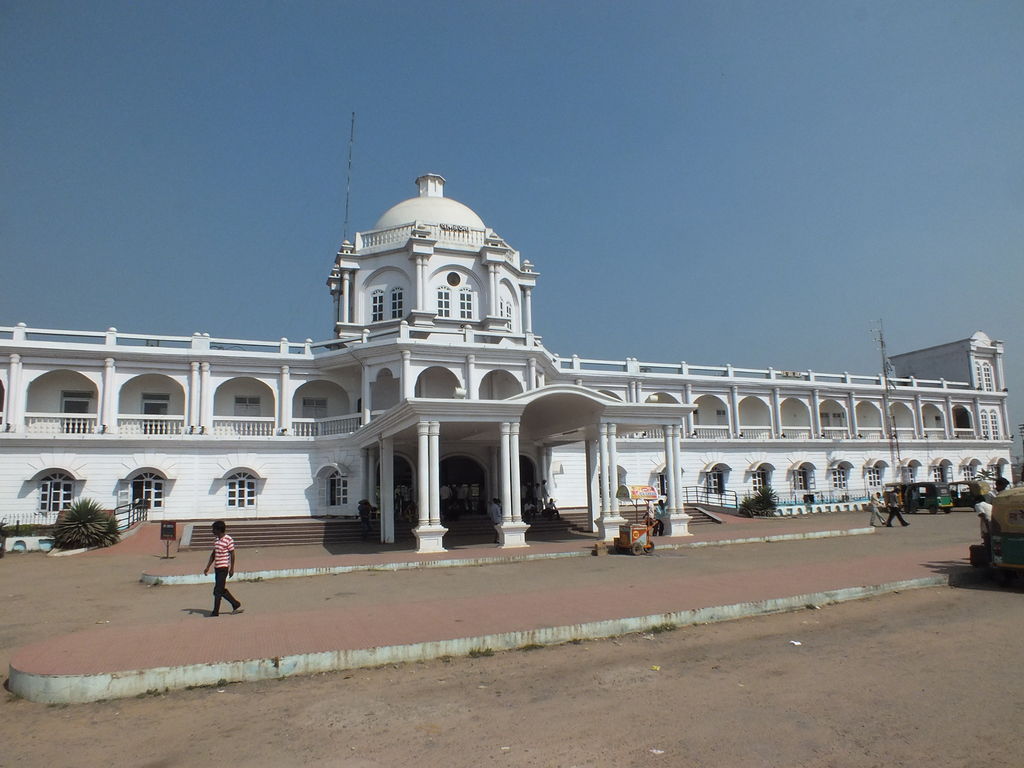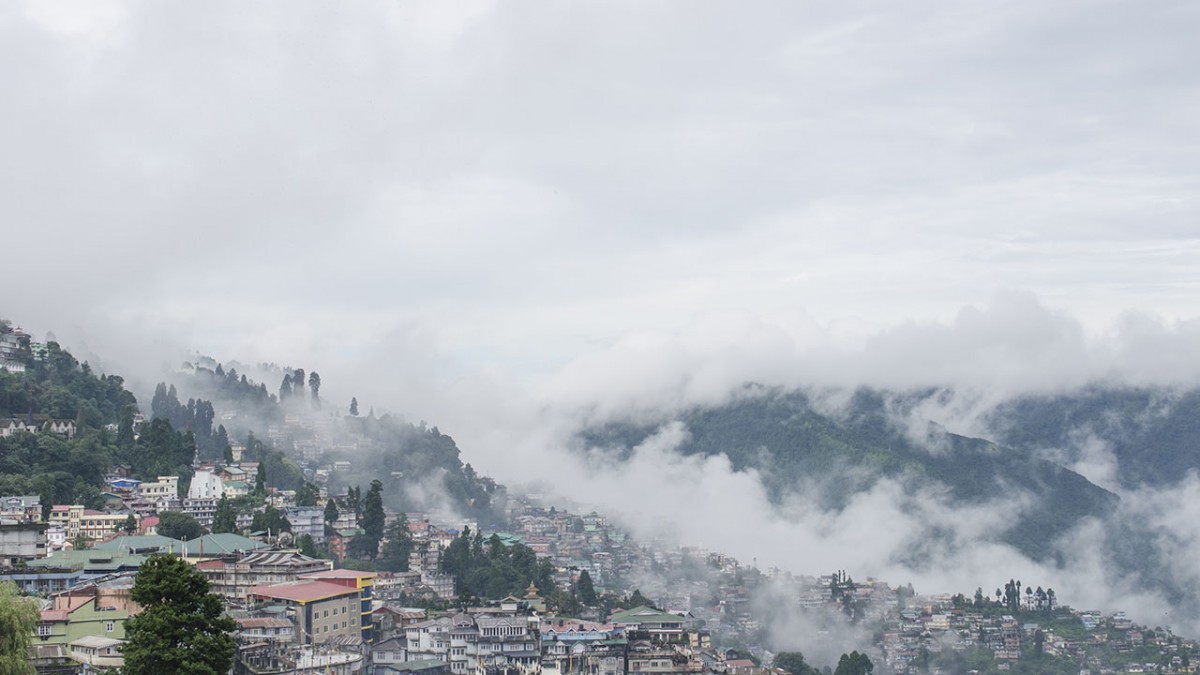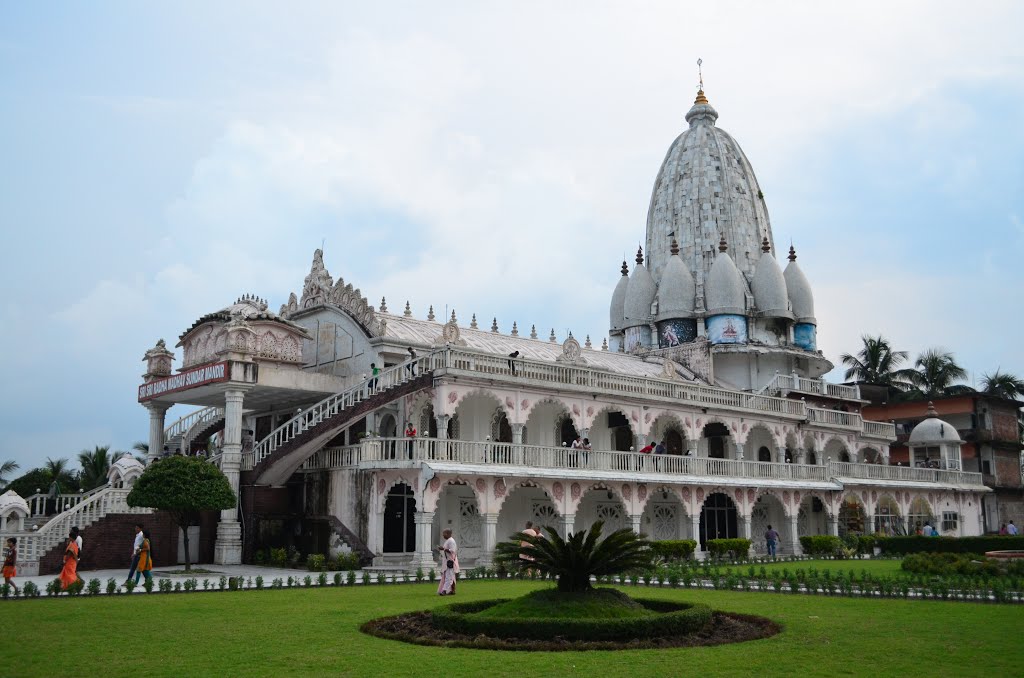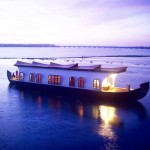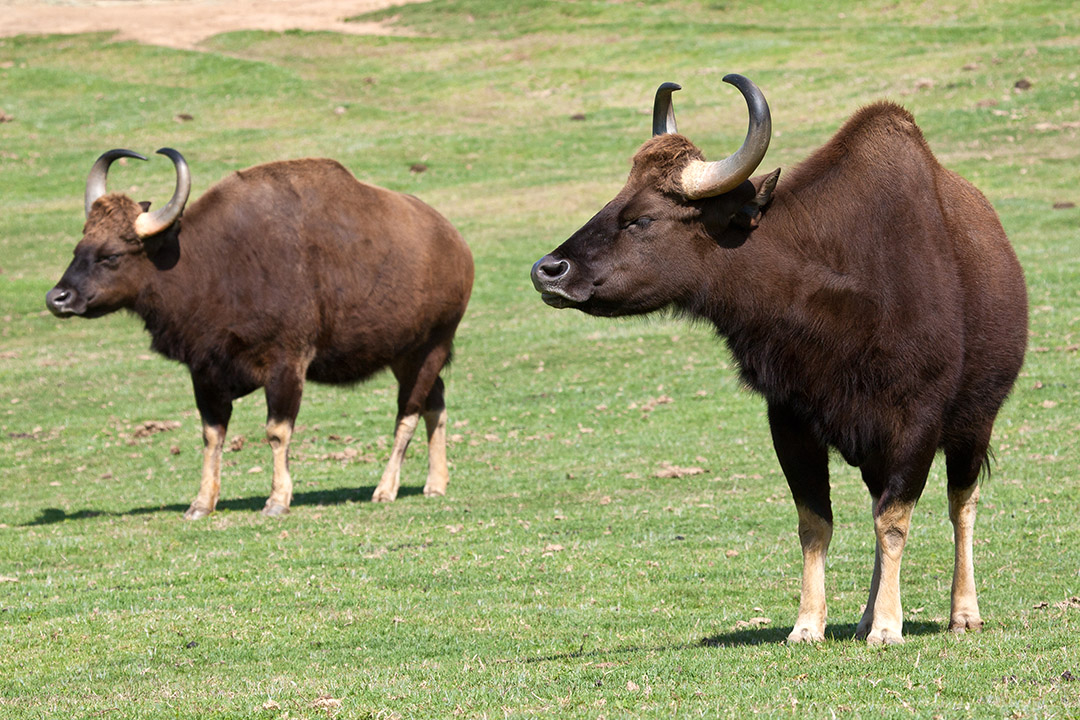
Gaur Tourism and Travel Guide
History of The City: IN his book Memoirs of Gaur and Pandua, the historian Khan Sahib Abid Ali, who himself hailed from Malda, wrote: “Excavations have been made in different parts of the ruined city by village cultivators in search of treasure, whichGaur have revealed traces of spacious halls, pavements, staircases, subterranean passages, and a good many other relics, all testifying to the greatness of the once renowned city.”
The most recent excavations at Gaur in Malda, north Bengal, have unearthed remnants of what was probably the palace area of the sultans who ruled the region. Although excavations have been conducted in Gaur very often, this is the first time that such a project was carried out by the Archaeological Survey of India (ASI) in this particular area, near the Bais Gazi wall. Historians have all along believed that this was where the palace and the citadel of the medieval
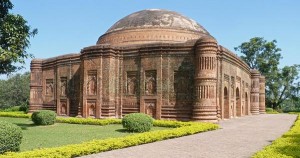
rulers of Bengal once stood. According to Bimal Bandopadhyay, Superintending Archaeologist at the Kolkata Circle of the ASI, the palace was probably reconstructed during the reign of Ruknuddin Barbak Shah in the 15th century.
A part from the massive brick structure, exposed pot shards, glazed tiles and bricks and tile floors have been excavated. One interesting fact about the structure is that it was constructed on a solid brick platform. Circular bastion-like structures were raised over the platform, and it is probably over this that the superstructure rested. The foundation of the structures, particularly of the walls, consists of 83 courses of bricks. The bases of some of the excavated structures are more than four metres below ground level. It is possible that wooden supports were erected for the superstructure on top of the circular structures.
“This form of architecture and engineering is unique and is the only one of its kind in the region. This circular structure has not been found so far in any of the excavations that have taken place in the region,” Bandopadhyay told Frontline.
Early last year, while on an inspection tour, he chanced upon a significant mound at a spot adjacent to the Bais Gazi Gaurwall. “On studying the spot thoroughly, we found indications of structures buried there. To prevent vandalism and theft, I decided to take up scientific excavation on the spot,” Bandopadhyay said. The project started on January 17 and work stopped on April 7.
According to historical evidence and accounts by historians, the place where the sultans lived was enclosed within a 42-foot-high wall called the Bais Gazi (22 Gazi) and covered a total area of around 1 sq km. Large tanks and orchards existed within the palace area. The wall was broader in the south and east and was surrounded by a moat. There are four extant gateways of the citadel – two in the north, the Dakhil Darwaza in the south, and the Gumti Darwaza in the east. According to historical evidence, a paved road from the Dakhil Darwaza led to the interior of the palace.
Professor Ratnaboli Chatterjee, from the Department of Islamic History and Culture, Calcutta University, an authority on medieval Islamic history, told Frontline: “The citadel was probably divided into three compartments, the first being the public durbar. The discovery of a tiled floor close to the Bais Gazi wall and profuse deposits of fine Chinese porcelain

glazed tiles with multi-coloured designs helped confirm our conjecture that this was indeed the durbar space. The second compartment was probably the residence of the sultan, and the third, the harem or Zenana Mahal.”
Large blocks of quartz found near the citadel area have led experts to believe that the glazed tiles and pottery were produced in the palace factories, quartz being an important material used in the manufacture of glazed tiles. In this respect, it is also important to bear in mind that Gaur’s prosperity was a result of its being a very important centre of craftsmanship. “Much of Gaur’s wealth came from the export of its manufactures through Saptagram,” said Ratnaboli Chatterjee.
After the end of Lakshman Sen’s reign in Bengal, it was the turn of the Muslim rulers. Ikhtiyar-ud-din Bakhtiar KhiljiGaur was supposed to have conquered Bengal in 1199 with only 17 cavalry men and set up his capital in Gaur or, as it was known earlier, Lakshmanabati, which he later renamed Lakhanauti. Alexander Cunningham identified the city to be lying to the north of the present ruins of Gaur, which lies on latitude 24.52o North and longitude 88.100 East, on the left bank of the Ganga, south of the city of Malda. This was a power base during the time of the Palas and the Senas. Most historians refer to this city as Lakshmanabati. In Minah-us-Firaj’s account also, there is reference to Gaur by its former name.
Until around 1399, for nearly 200 years, the region was totally under the Delhi sultanate, which was later replaced by the Bengal sultanate. Frequent floods plagued the city, and with the river changing its course it was necessary, according to contemporary historians, for Sultan Alauddin Ali Shah (1341-1345) to shift the capital from Gaur to Pandua. From that time, for almost 100 years, the capital remained in Pandua or Ferozabad. It was during the early years of the reign of Nasiruddin Mahmud Shah (1433-1459) that the capital was again relocated to Lakhanauti. But as the Ganga had changed its course, the capital now fell on the western side of the river.
Ratnaboli Chatterjee says: “From the literary descriptions it is generally assumed that the city, which was built by Nasiruddin Mohammed Shah, probably followed the general Islamic pattern of urban architecture. The urban space in this scheme tended to be arranged in a semi-circular plan with a number of principal roads criss-crossing, and smaller roads stemming out from these, connecting the market place with the centres of religious worship and the army cantonments. Situated in a commanding position would be the royal palace.”
THE history of Gaur can be dated from the sixth century on the basis of literary and historical evidence. Sasanka and the Pala kings who ruled the region later used the title Gaureswara, and landmarks such as Paundra and Barendra were incorporated into Gaur. The sultans, who became the rulers from the 13th century, did not change all this but rebuilt on the existing sites a number of times. “As far as Gaur is concerned, this is a major problem for archaeologists, because while excavating, not one but many Gaurs are unearthed. We are still not very sure as to how Gaurthe sultans built their cities over the older urban structures, what they retained, how much of the urban space was re-organised according to the different notions of hierarchy that guided the new ruling class. None of the town plans of the rulers is available to us,” said Prof. Chatterjee.
Moreover, with the capital of medieval Bengal having been shifted several times – to Pandua, Gaur, Tanda and Rajmahal – largely because of the Ganga changing its course, Prof. Chatterjee feels that it is necessary “to locate the course of the river that used to serve Gaur in its palmy days”.
An important point to remember about Gaur is that it was never really lost. Contemporary accounts from Chinese and Portuguese visitors and interesting work by Creighton, a European planter, opened new vistas of exploration, as did the writings of 19th century Bengali historians who first pointed to archaeology as a new science to unearth hidden histories.
How to reach?
Gaur is 12 kms from Malda and is close to Indo-Bangladesh boarder. It is well connected by road. Frequent bus and taxis are available from Malda.

